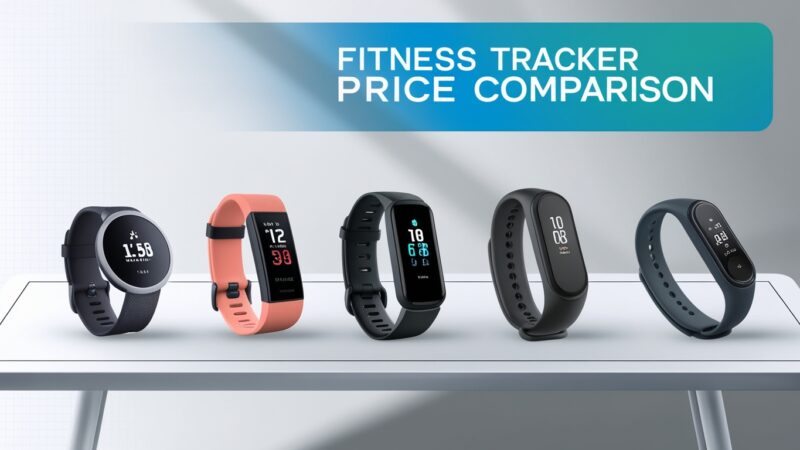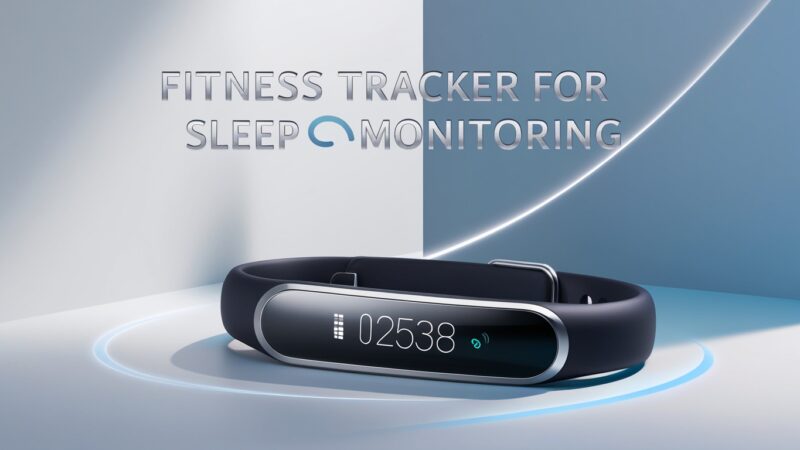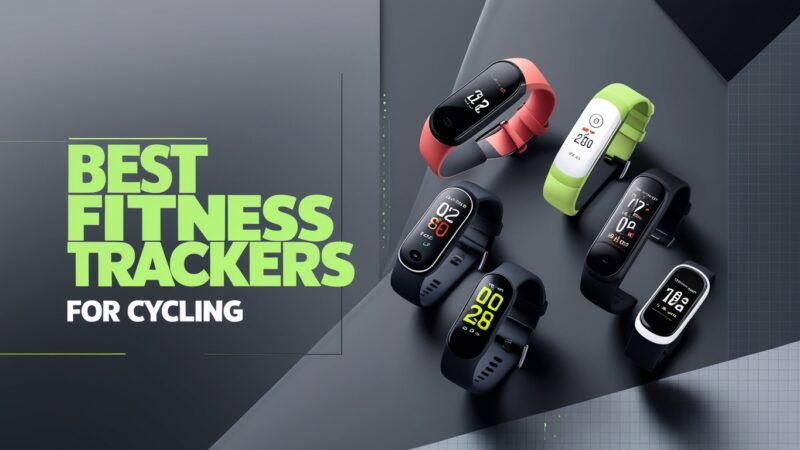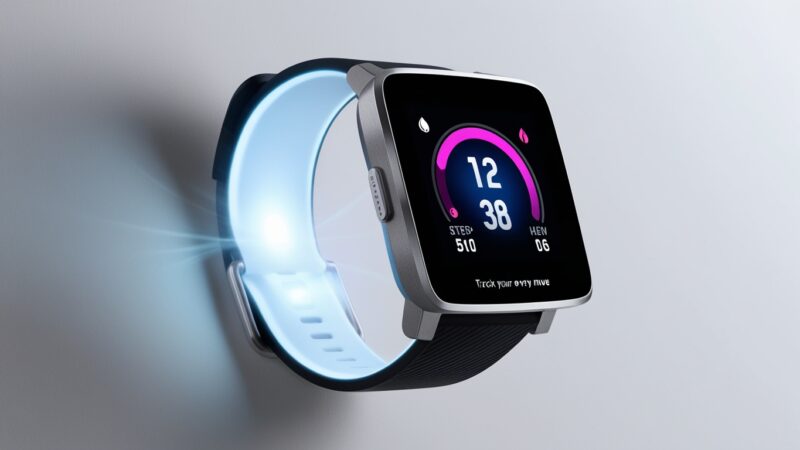Apple Watch vs Samsung: Ultimate Comparison Guide
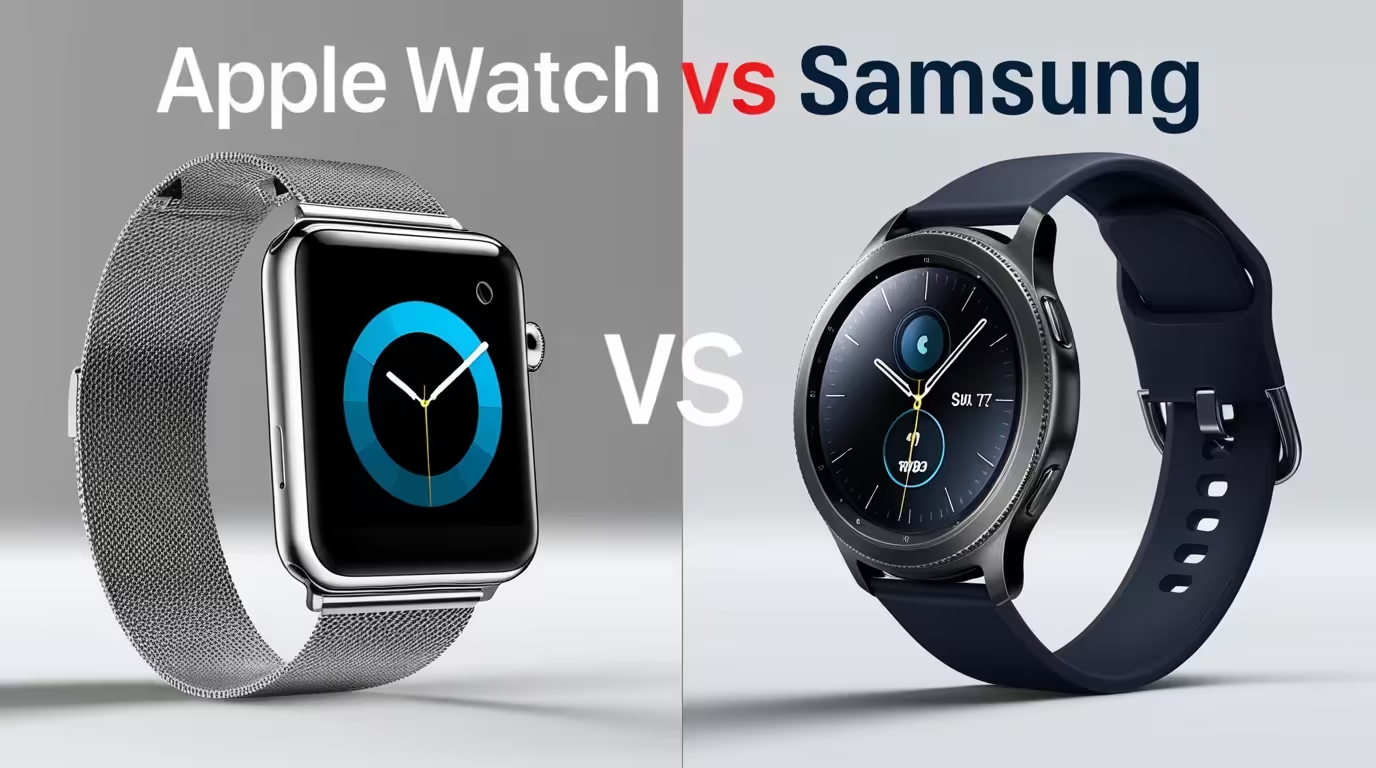
Apple Watch vs Samsung: A Comprehensive Comparison
Design and Appearance
Let’s kick things off by talking about how the Apple Watch and Samsung Galaxy Watch distinguish themselves in their looks. Both smartwatches come with their own charm, flaunting a variety of band options and faces. But here’s the kicker:
- Apple Watch: It’s all sleek and minimalist, reflecting Apple’s love for modern design.
- Samsung Galaxy Watch: This one leans more towards a traditional watch vibe, appealing to those who enjoy a classic timepiece.
Display and Functionality
Moving on to the displays—let’s burst that bubble of mystery. The Apple Watch boasts a high-resolution Retina display. It’s known to pop with vibrancy and can withstand bright sunlight like a champ. Meanwhile, the Samsung Galaxy Watch‘s AMOLED display provides stunning colour depth and impressive contrast, especially with its iconic deep blacks.
Both devices are touchscreens, making it super easy to swipe and tap through features with just your fingers. No clunky buttons getting in the way!
Fitness and Health Tracking
Now, are you a fitness enthusiast? Both watches come packed with health-tracking tools designed to motivate and monitor your wellbeing. The Apple Watch includes major tech features like:
- Heart rate sensor
- ECG sensor
- Built-in GPS
With these, it keeps an eye on your heart rate, physical activity, and even how well you sleep. But don’t worry, the Samsung Galaxy Watch steps up as well, offering:
- Heart rate monitoring
- Sleep tracking
- A solid range of built-in workout modes
Smartwatch Capabilities
Let’s chat about what each smartwatch can do. The Apple Watch runs on watchOS, which is perfectly integrated into the Apple ecosystem. That means if you’ve got an iPhone, your watch harmonizes effortlessly with it. Pretty neat, right?
On the flip side, the Samsung Galaxy Watch operates on Tizen, providing its own unique suite of apps and easy access to Samsung’s tech. It’s really about what ecosystem sings to you!
Battery Life and Charging
Let’s get real—battery life matters, especially when you’re on the go. Generally speaking:
- Apple Watch: It tends to hang around for about 18-24 hours—think of it as your trusty sidekick!
- Samsung Galaxy Watch: Now here’s where things get interesting; some models can stretch all the way to several days, depending on your usage.
Both options come with wireless charging, but don’t expect them to power up at the same speed or use the same methods.
Pricing and Availability
If you’re curious about the price tags, the Apple Watch usually kicks off at around $399 for the base model. Meanwhile, you can snag a Samsung Galaxy Watch for as low as $249 if you’re looking for entry-level goodness. Luckily, both smartwatches are widely available at various retailers, online or in-store. So, you won’t have to hunt too hard!
Compatibility and Ecosystem
Alright, let’s hit you with one of the definitive differences: compatibility. The Apple Watch plays best with the iPhone, so you’ll need one for it to reach its full potential. But if you’re more of an Android person, the Samsung Galaxy Watch is your best friend; it can sync up with a variety of smartphones, not just Samsung’s own brands. Flexibility is key!
Smartwatch Design and Aesthetics
The Evolution of Smartwatch Design and Aesthetics
Smartwatches are everywhere nowadays, so it’s only logical to enhance their design and flair. Here’s how the industry has pushed the envelope:
Balancing Form and Function
One of the challenges in smartwatch design is figuring out how to balance beauty with utility. Users want a gadget that’s not just functional but is also a fashion statement.
Innovative Materials and Finishes
To catch a discerning eye, manufacturers play around with materials. From premium leather to sturdy stainless steel, the choices keep expanding, and these materials can influence both durability and style.
Display and User Interface Design
The display is crucial. Consumers crave vibrant, crisp images and user-friendly touchscreen interfaces. OLED and AMOLED tech has taken things to the next level—you’re in for some serious eye candy!
Personalization and Customization
Watches today are all about custom looks. Interchangeable bands, bespoke watch faces, and unique complications are a big deal. Your watch can truly reflect who you are!
Evolving Design Trends
We’ve been seeing some exciting trends in smartwatch design lately:
- Minimalist aesthetics with clean lines
- Larger, edge-to-edge displays that pull you in
- Use of sustainable materials like recycled aluminum
- Biometric sensors floating seamlessly in the design
- Bold colour palettes to cater to all tastes
The Future of Smartwatch Design
What’s next for smartwatches? Designers are chomping at the bit to explore new materials and interface technologies, aiming to combine good looks with practicality.
We’re going to see more room for customization, staying true to a future where you can make your watch uniquely yours. As the industry matures, design will remain a vital piece of the smartwatch puzzle.
Performance and Functionality Comparison
Comparing the Capabilities: Apple Watch vs. Samsung Smartwatches
In the smartwatch world, the Apple Watch and Samsung Galaxy Watch are two heavyweights, packed with features designed to upgrade your daily life. But how do they stack up against each other?
Display and Design
First, let’s chat about how they look. The Apple Watch delivers a streamlined, rectangular OLED display while the Samsung Galaxy Watch opts for a classic round design with AMOLED tech. There’s a style for everyone!
Processor and Performance
On the techy side, Apple’s latest models come with its own S-series chips, known for fantastic efficiency. Meanwhile, Samsung uses Exynos processors with Tizen, an OS that may not match the raw speed of Apple’s chips but does deliver a smooth user experience.
Operating System and App Ecosystem
The OS matters! The Apple Watch works with watchOS and has a killer app library thanks to its integration with iOS. The Samsung Galaxy Watch runs on Tizen, which may not be as extensive but is growing fast.
Health and Fitness Tracking
Both smartwatches have fantastic health tracking abilities. The Apple Watch is especially strong in this department, featuring ECG readings and fall detection, while the Samsung Galaxy Watch offers great workout detection and stress management features.
Battery Life and Charging
Battery life is vital! Here’s how they compare:
- Apple Watch: Generally, it offers a good 18-24 hours.
- Samsung Galaxy Watch: This one can double or triple that, depending on the model.
In terms of charging speed, Apple takes the crown for quicker charge-ups.
Connectivity and Compatibility
Last, but not least, compatibility. The Apple Watch is geared towards iPhone users, while the Samsung Galaxy Watch plays nicely with a wider range of Android devices, giving you more flexibility overall.
Health and Fitness Tracking Features
Unlocking the Power of Health and Fitness Tracking
Let’s break down how health and fitness tracking has changed our lives for the better:
Comprehensive Tracking Capabilities
These nifty features are game-changers in helping you stay healthy. Here’s what they include:
Activity Tracking
Keep tabs on your steps, distance, and calories burned. It’s all about that daily hustle!
Heart Rate Monitoring
Get real-time heart rate readings to help you optimise workouts and focus on your heart health.
Sleep Tracking
Understand your sleep habits by analysing how long and how well you snooze.
Nutrition Tracking
Log what you eat and drink to maintain a healthy diet. Your future self will thank you!
Personalized Insights and Goal-Setting
Data collection isn’t the end of the story. Here’s how these tools can help you achieve your fitness goals:
Goal Tracking and Achievement
Set personal health objectives—like weight loss or step counts—and keep an eye on your progress along the way. It’s a personal journey!
Personalized Workout Recommendations
These features suggest customised workouts based on your activity levels and fitness preferences to get you moving towards those goals.
Habit Formation and Motivation
Celebrate milestones and receive rewards for consistency—because we all need that extra nip of encouragement!
Synergy with Wearable Devices
Health tracking works best when combined with wearables. Here’s why:
Seamless Data Synchronization
Your data will sync effortlessly with apps, giving you a full picture of your overall well-being.
Contextual Insights
It’s about merging data from various sensors for a deeper understanding of your fitness patterns.
Empowering User Engagement
These features can really spark personal wellness engagement:
Improved Awareness and Accountability
Stay informed about your health stats, which nudges you toward making wise decisions.
Sharing and Collaboration
Engage with friends or health professionals by sharing your data, adding a social component to your wellness journey.
Ecosystem Integration and Compatibility
The Importance of Ecosystem Integration and Compatibility in the Digital Age
In our tech-driven world, seamless integration is vital. Here’s what makes it a game changer:
Enhancing User Experience
When devices collaborate, using your tech becomes a breeze. You can hop between tasks without breaking a sweat!
Data Synchronization and Accessibility
Imagine accessing your files and messages from any device—perfect for those juggling multiple roles.
Collaborative Opportunities
Use integration to share ideas in real-time, elevating teamwork to new heights.
Streamlined Workflows and Productivity
Switching from one device to another? No problem! Enjoy smooth transitions and create automations to boost productivity.
Personalized and Contextual Experiences
Integration also paves the way for custom content tailored just for you. Talk about a unique user experience!
Challenges and Considerations
But let’s not sugarcoat it—some challenges pop up, like data privacy and compatibility concerns. Navigating these waters is important!
The Future of Ecosystem Integration
As things evolve, companies focusing on integration will be leaders in the market. We’ll see continuous improvements that will keep consumers delighted!
You can now buy my E-Book on Discount for only $4! If you need personal help or a program, you can reach out to me on Instagram!
New Features in Apple Watch vs Samsung
Emerging Trends in Smartwatches
As I dive deeper into the Apple Watch vs Samsung debate, it’s clear that both brands are pushing the envelope with emerging features. Here’s a quick look:
- Apple Watch: The latest releases have introduced a more extensive battery health management feature that extends the lifespan of your daily battery cycle. This is super handy for users who rely on their watches all day.
- Samsung Galaxy Watch: Samsung has stepped up with a Blood Pressure Monitor feature that uses an algorithm to measure your blood pressure in real time. It’s a game changer for those keeping an eye on their cardiovascular health.
Software Updates and Improvements
In the world of tech, regular updates keep your devices relevant. Both Apple and Samsung continuously roll out software updates. Here’s how it plays out:
- Apple Watch: WatchOS updates have included an enhanced focus on mental health with new mindfulness features and sleep tracking improvements.
- Samsung Galaxy Watch: Recent adjustments to Tizen have introduced a more seamless integration with third-party fitness apps, making it easier to customize your fitness experience.
Health Advancements in Smartwatches
Health monitoring has taken centre stage in the smartwatch arena, ensuring users can keep track of their wellness on the go. Here’s what’s exciting:
- Apple Watch: Besides traditional heart health metrics, Apple has implemented more robust cycle tracking features, enhanced fall detection, and even injury recovery metrics.
- Samsung Galaxy Watch: Samsung has added a unique ‘Stress Management’ feature that uses heart rate variability to guide breathing exercises which can help manage anxiety.
Sustainability in Smartwatch Production
Eco-conscious consumers will appreciate both companies’ efforts:
- Apple Watch: Apple is working towards sourcing materials responsibly and has committed to using recycled aluminum in their latest models. Sustainability is a priority in their design process.
- Samsung Galaxy Watch: Samsung is striving for sustainable manufacturing practices, using recycled plastics in their latest iterations, indicating a conscious shift towards eco-friendly tech.
Integration with Other Tech
Cross-device collaboration is key in today’s tech ecosystem:
- Apple Watch: Seamless integration with Apple services like the upcoming Apple Fitness+ has made the Apple Watch even more central in personal fitness routines.
- Samsung Galaxy Watch: Plans to integrate with SmartThings has allowed Galaxy Watch users to control their smart home devices directly from their wrist, enhancing connectivity.
User Experience Improvements
With each update, the user experience keeps evolving:
- Apple Watch: The latest updates include an improved user interface for notifications, making it easier to respond to messages without pulling out your phone.
- Samsung Galaxy Watch: Samsung has introduced a more intuitive rotating bezel on select models, allowing users to navigate menus with ease.
Comparison in Pricing and Value
When it comes to value for money:
- Apple Watch: Despite being more expensive ($399 at entry level), users are often willing to pay the premium for the seamless integration with the Apple ecosystem and the longevity of software updates and support.
- Samsung Galaxy Watch: With prices starting at $249, it remains highly competitive, offering considerable features at a lower price point, making it an attractive option for budget-minded consumers.
The Future of Apple Watch vs Samsung
Looking ahead, both tech giants seem committed to enhancing user experiences through technology:
- With growing interest in health data, we can expect both to expand on health tracking capabilities while ensuring data accuracy and privacy.
- Improvements in battery technology could lead to longer-lasting devices, setting the stage for true all-day wearable tech.
The Conclusion of Apple Watch vs Samsung
In the ongoing battle between Apple Watch vs Samsung, both devices have their unique strengths and weaknesses. Whether you’re drawn to the Apple Watch’s sleek design and ecosystem dominance or prefer Samsung’s value and versatility, there’s no denying both watches set the standard in the smartwatch arena. Time will tell how each company evolves, but for now, you can’t go wrong with either option!
For more information, explore our website. You can find answers to common questions in our FAQ section, learn more about us on our Home page, discover the range of services we offer in the What We Provide section, get in touch with us through the Contact page, and stay connected with us on our Socials.
You can now buy my E-Book on Discount for only $4! If you need personal help or a program, you can reach out to me on Instagram!

